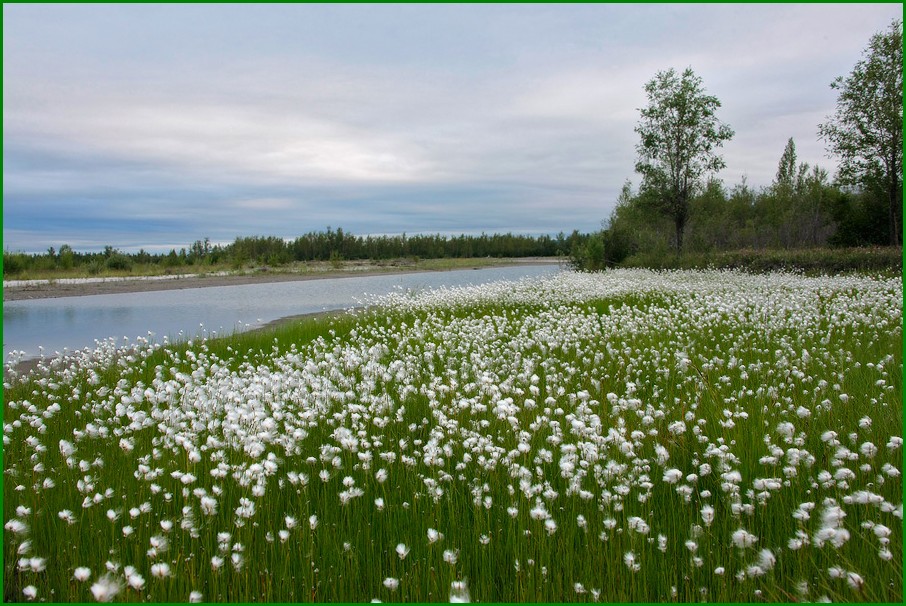Temperature records spring 2013 in the Northern Hemisphere temperature record spring 2013 in the Northern Hemisphere from global warming and its consequences in the near soon feel the northerners are not alone. Definitely affect the planet's climate, living conditions, and not a single human.

Kolyma bloomed.
While the same essence of the case, it is necessary to stop and think about the facts, which are a dime a dozen.
For example, take two:
- in the Arctic for the most part zero temperature, which is on long-term measurements are supposed to be in the red
- Kolyma in the peak plus fourteen, and should be minus one or two, and the temperature will only grow.
More is coming, if the Earth has entered a period of global high scores.
Life in reality is like on a hot skillet.
Winter - Wiki Article
Winter is the coldest season of the year in temperate climates, between autumn and spring. It is caused by the axis of the Earth in the respective hemisphere being oriented away from the Sun. Different cultures define different dates as the start of winter, and some use a definition based on weather, but when it is winter in the Northern Hemisphere it is summer in the Southern Hemisphere, and vice versa. In many regions, winter is associated with snow and freezing temperatures. At the winter solstice, the days are shortest and the nights are longest, with days lengthening as the season progresses after the solstice.
Cause
The tilt of the Earth's axis relative to its orbital plane plays a big role in the weather. The Earth is tilted at an angle of 23.44° to the plane of its orbit, and this causes different latitudes on the Earth to directly face the Sun as the Earth moves through its orbit. It is this variation that primarily brings about the seasons. When it is winter in the Northern Hemisphere, the Southern Hemisphere faces the Sun more directly and thus experiences warmer temperatures than the Northern Hemisphere. Conversely, winter in the Southern Hemisphere occurs when the Northern hemisphere is tilted more toward the Sun. From the perspective of an observer on the Earth, the winter Sun has a lower maximum altitude in the sky than the summer Sun.
During winter in either hemisphere, the lower altitude of the Sun causes the sunlight to hit that hemisphere at an oblique angle. In regions experiencing winter, the same amount of solar radiation is spread out over a larger area. This effect is compounded by the larger distance that the light must travel through the atmosphere, allowing the atmosphere to dissipate more heat. Compared with these effects, the changes in the distance of the earth from the sun are negligible.
Meteorological reckoning
Meteorological winter is the method of measuring the winter season used by meteorologists based on "sensible weather patterns" for record keeping purposes, so the start of meteorological winter can change depending on how far north one lives. Winter is often defined by meteorologists to be the three calendar months with the lowest average temperatures. This corresponds to the months of December, January and February in the Northern Hemisphere, and June, July and August in the Southern Hemisphere. The coldest average temperatures of the season are typically experienced in January in the Northern hemisphere and in June or July in the Southern hemisphere. Nighttime predominates the winter season, and in some regions it has the highest rate of precipitation as well as prolonged dampness because of permanent snow cover or high precipitation rates coupled with low temperatures, precluding evaporation. Blizzards often develop and cause many transportation delays. Diamond dust, also known as ice needles or ice crystals, forms at temperatures approaching −40 °F (−40 °C) due to air with slightly higher moisture from aloft mixing with colder, surface based air. They are made of simple ice crystals that are hexagonal in shape.
Accumulations of snow and ice are commonly associated with winter in the Northern Hemisphere, due to the large land masses there. In the Southern Hemisphere, the more maritime climate and the relative lack of land south of 40°S makes the winters milder; thus, snow and ice are less common in inhabited regions of the Southern Hemisphere. In this region, snow occurs every year in elevated regions such as the Andes, the Great Dividing Range in Australia, and the mountains of New Zealand, and also occurs in the southerly Patagonia region of South America. Snow occurs year-round in Antarctica.
Astronomical and other calendar-based reckoning
In the Northern Hemisphere, some authorities define the period of winter based on astronomical fixed points (i.e. based solely on the position of the Earth in its orbit around the sun), regardless of weather conditions. In one version of
Image source and copyright details: http://wikipedia.org/wiki/File:Cathed...
Original article available at http://en.wikipedia.org/wiki/Winter